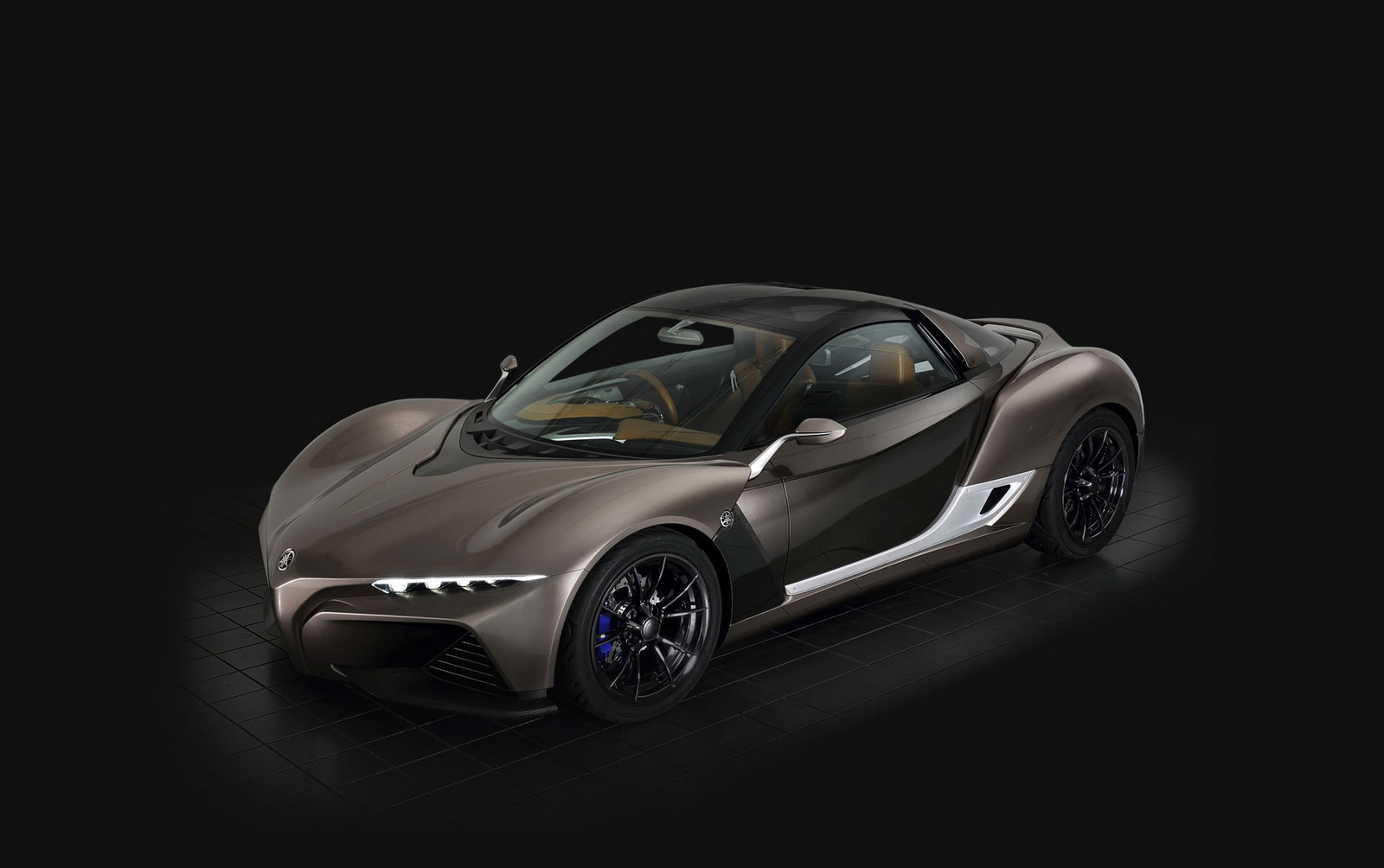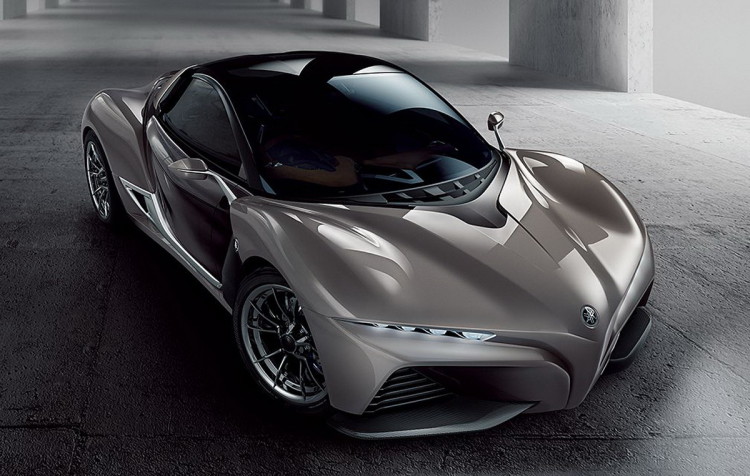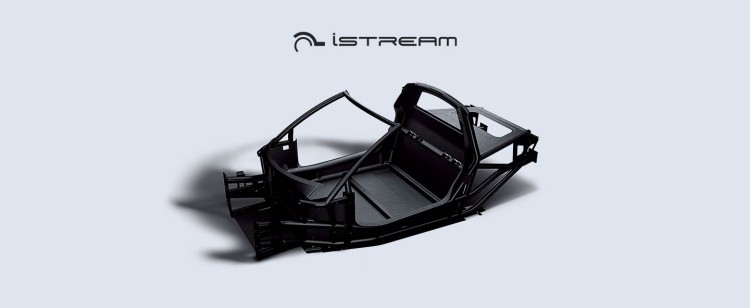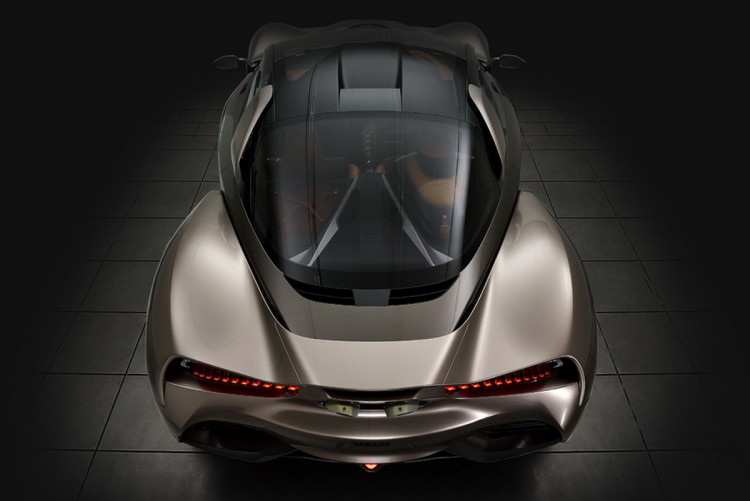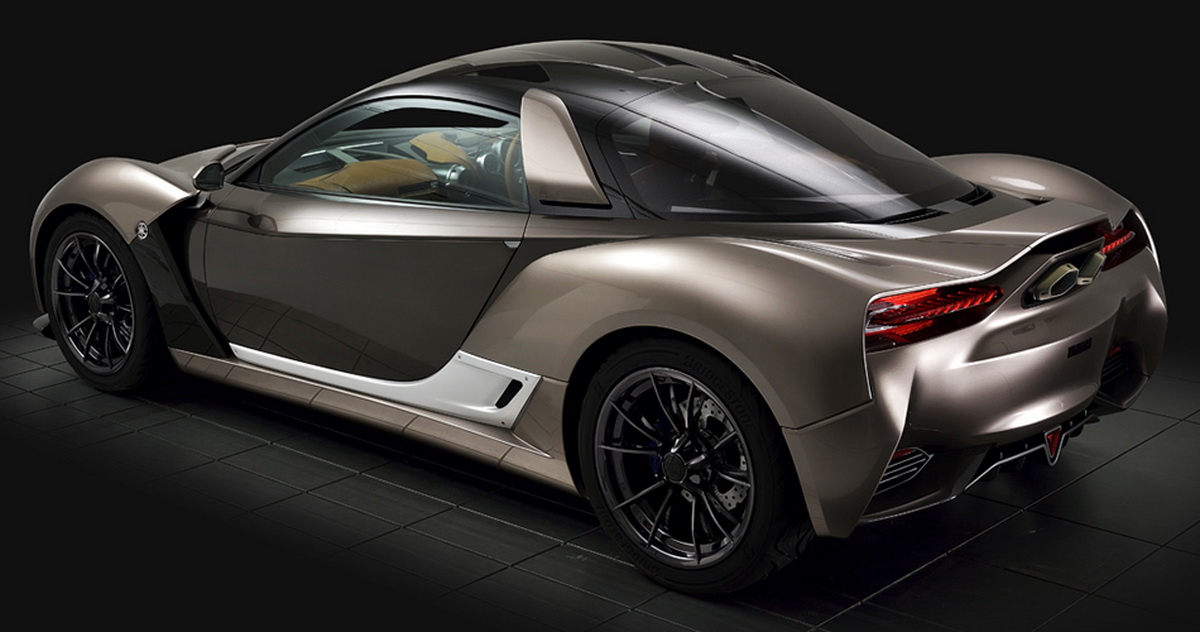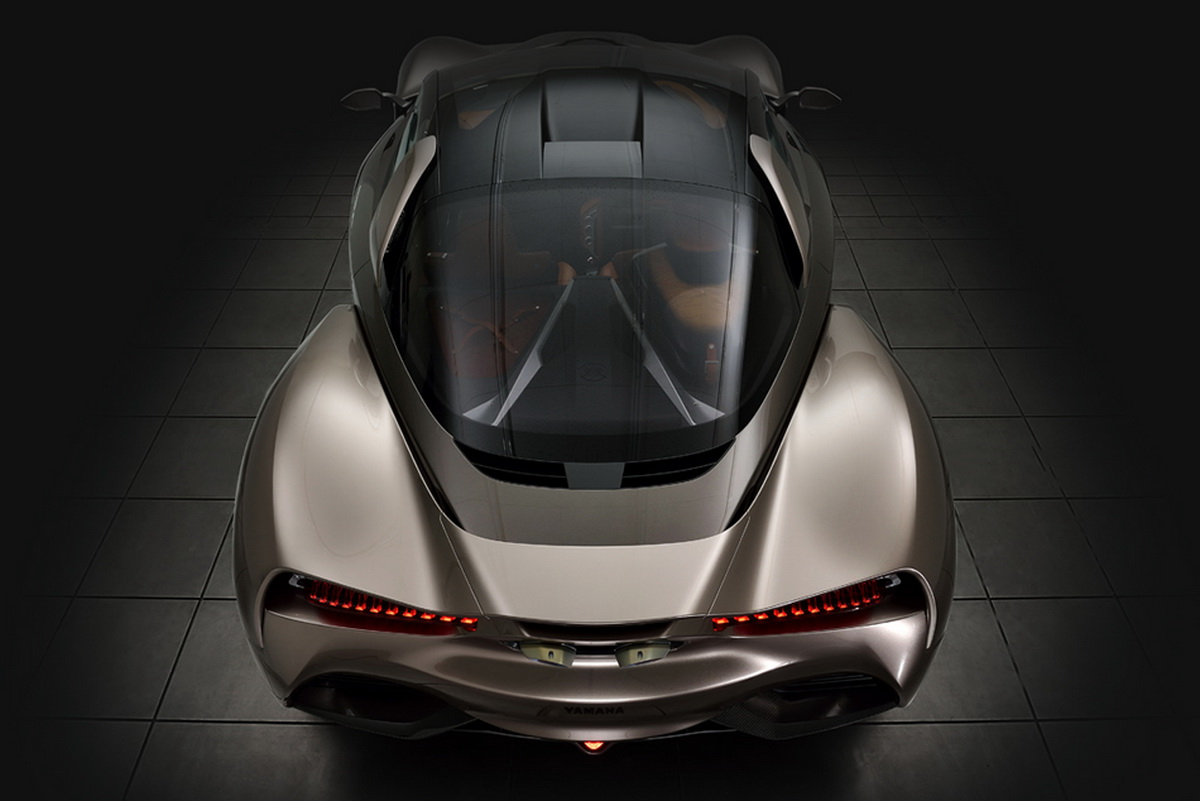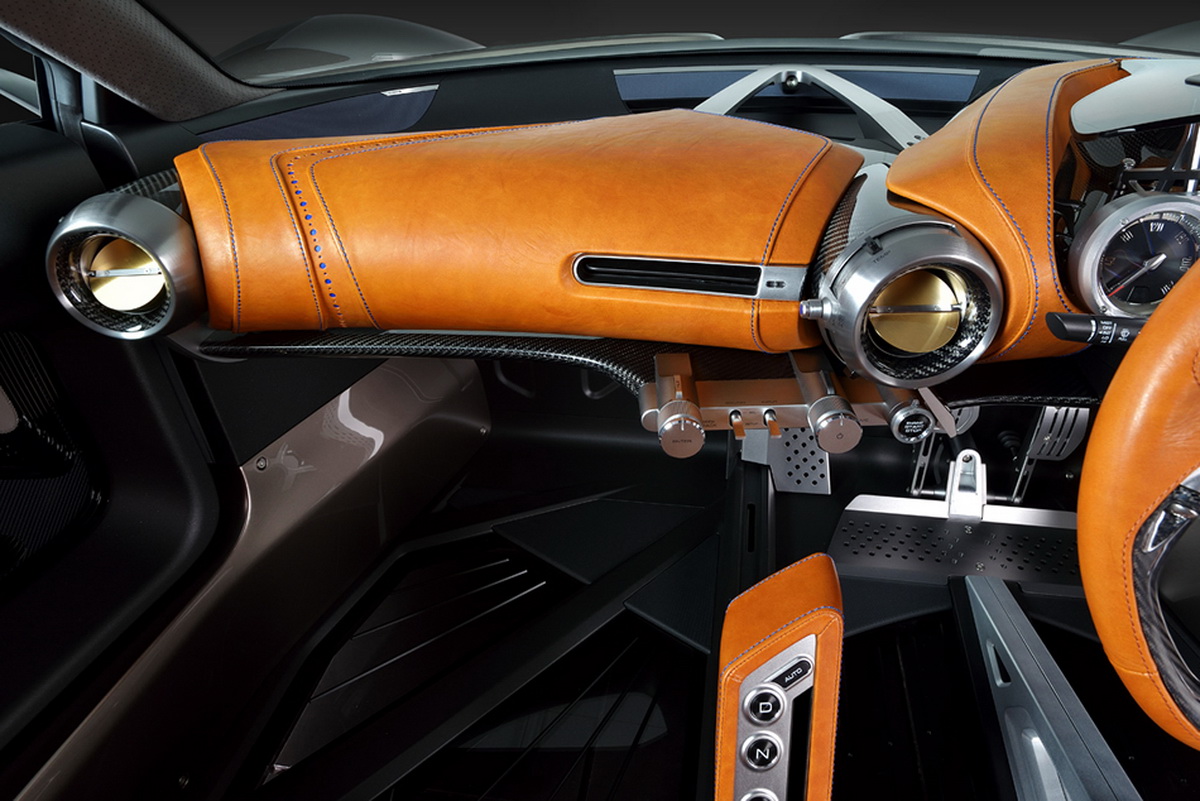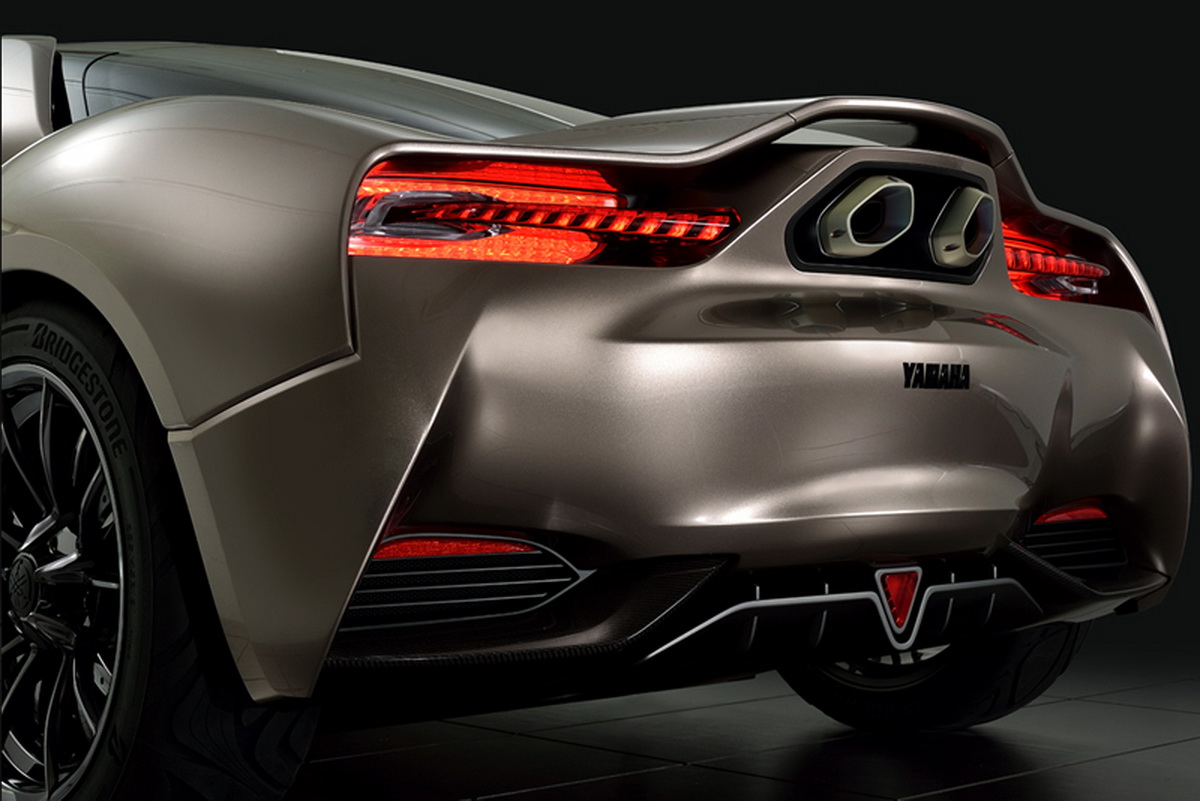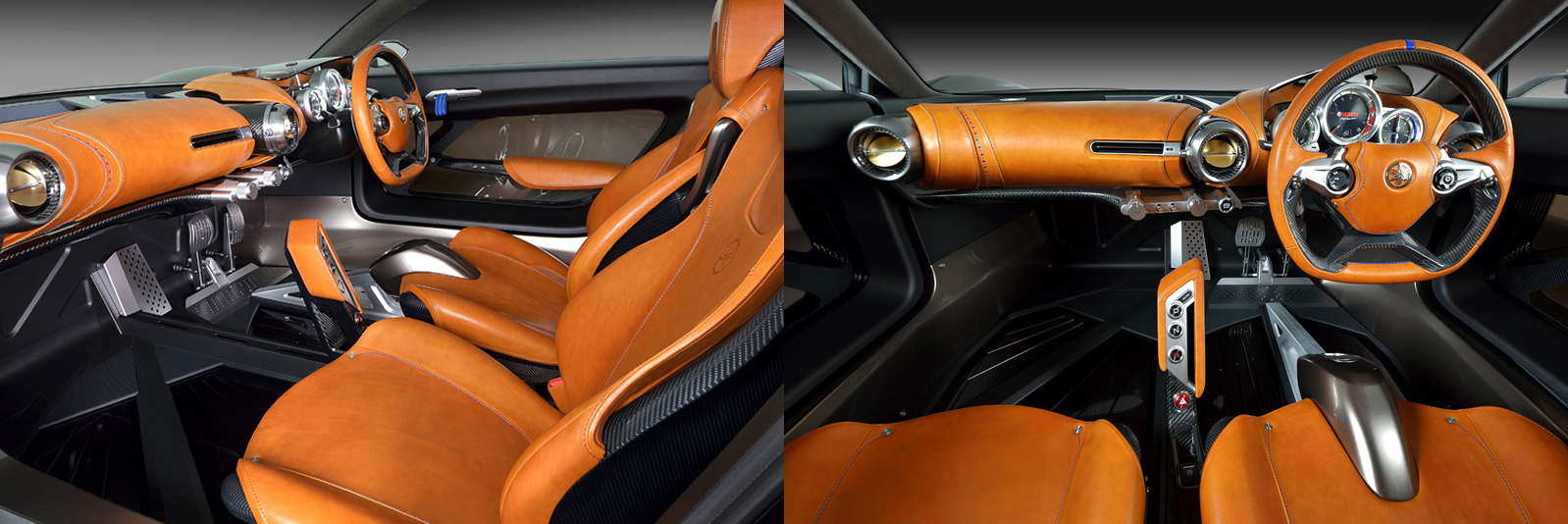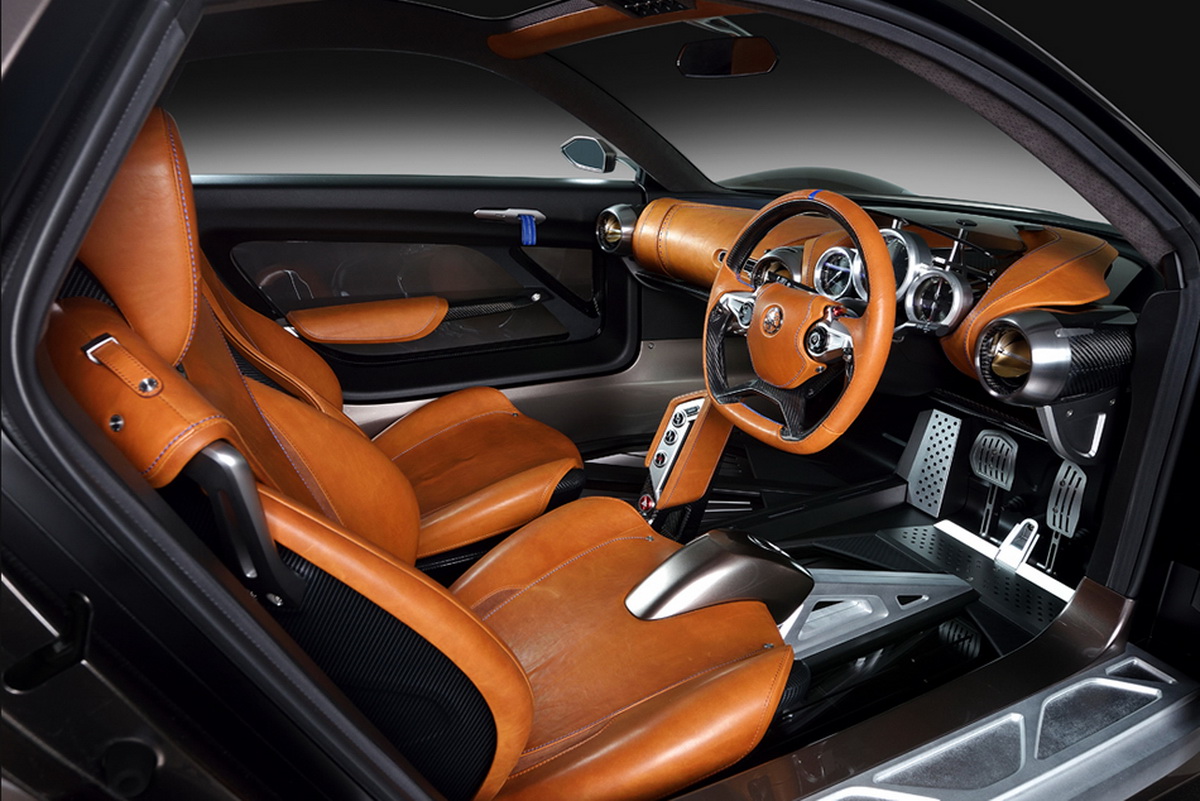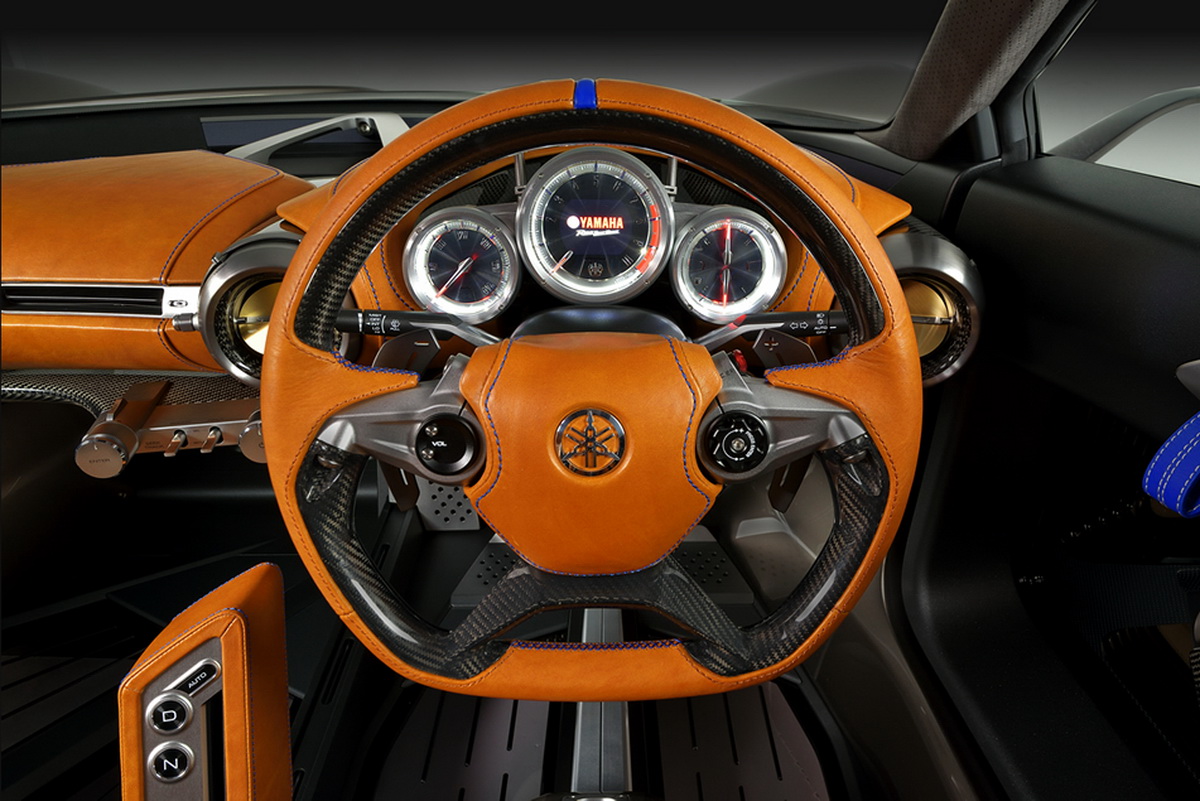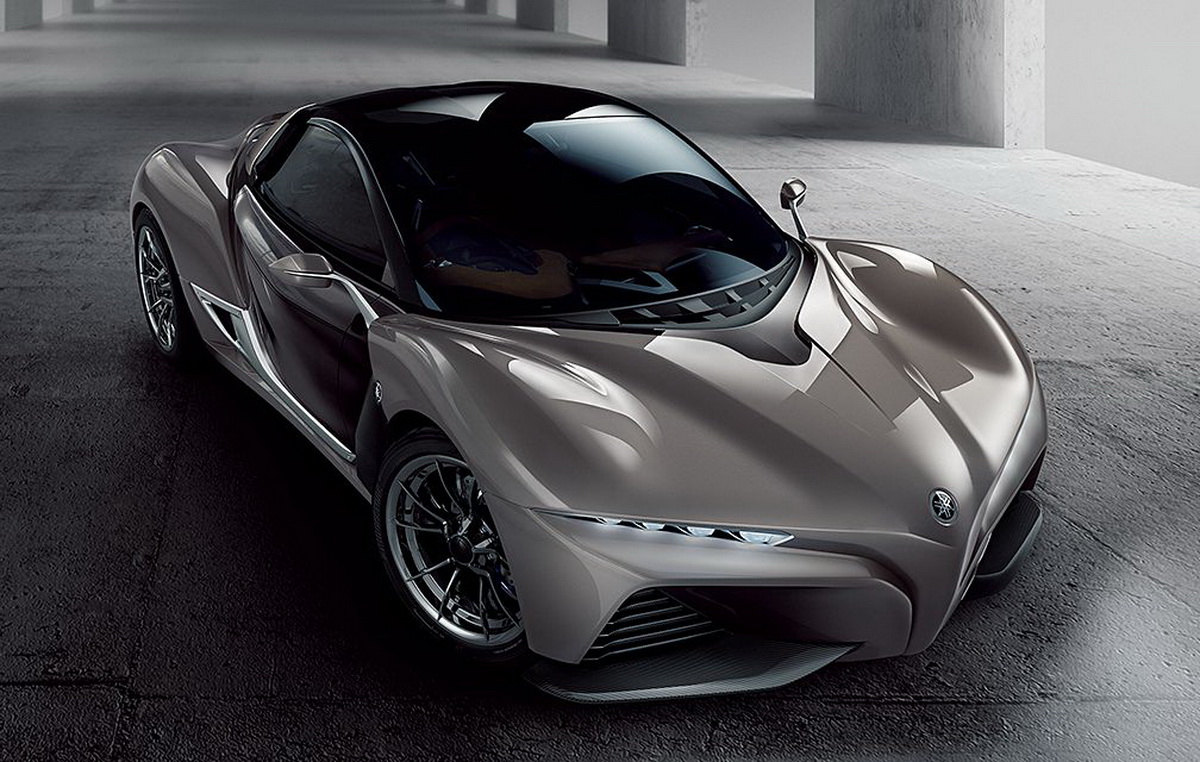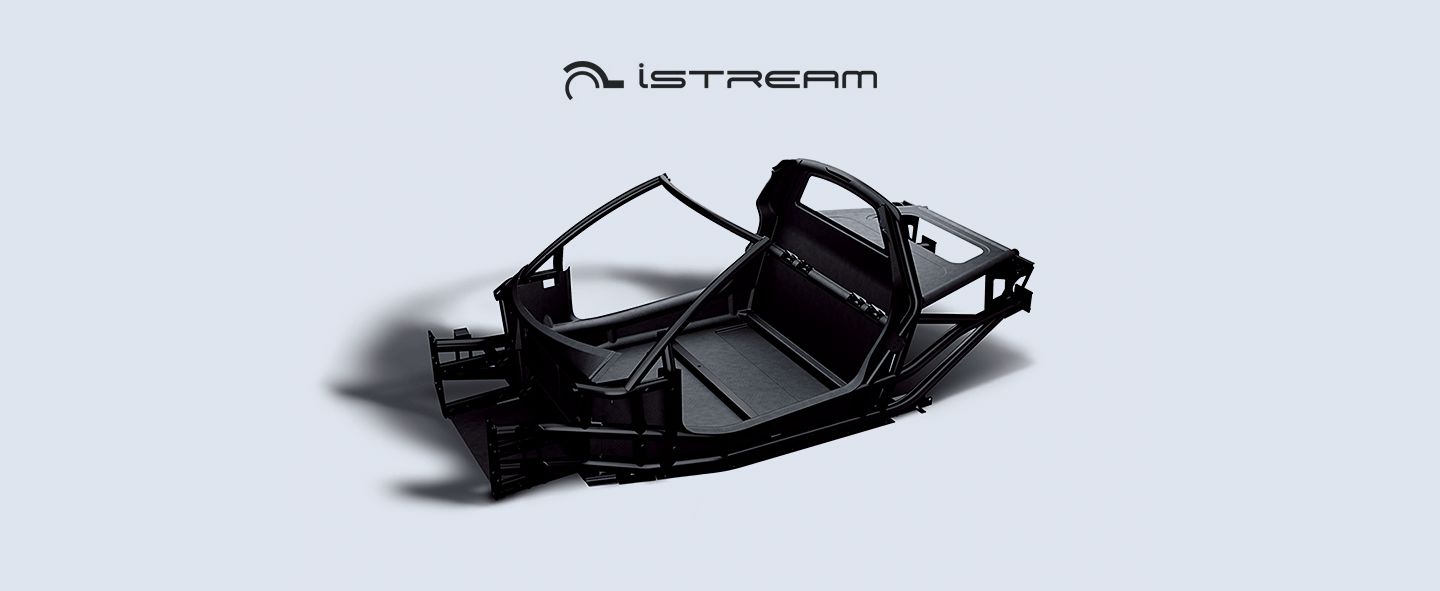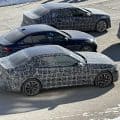Yamaha showed off a concept car called the Sport Ride at the recent Tokyo Motor Show. Interesting small sports car, something Yamaha has done before (think Toyota 2000GT). In delving into the press releases for the concept an intriguing tidbit is uncovered, the structure of the concept uses Gordon Murray Design’s iStream technology.
Gordon Murray, it goes without saying, knows a thing or two about high performance car design. And the iStream technology seems to be a bid to go big with mainstreamed carbon fiber technology for mass production.
Beyond the concept car shown by Yamaha is Gordon Murray’s concept of the auto manufacturing process of the future. The iStream process is purported to require significantly less resources to produce vehicles than current manufacturing techniques. And scalability is touted – this is being proposed as a way of taking costs and weight out of the manufacturer of non-premium small cars.
Buried in the material on the iStream website was this tidbit, a 100 second cycle time for adhering carbon fiber panels to the strucutre. That is quick – and quick in terms of what we think BMW is able to do with their carbon fiber production processes. But here is where the BMW process and iStream’s process diverge, the iStream model includes a structural steel three dimensional frame, as opposed to a carbon fiber. The iStream model uses both an iFrame and iPanels to build the overall structure of the vehicle (and we all use iBathrooms – sheesh, enough with the iCrap already).
The iStream model builds a thin walled steel tube frame for structural integrity and hard points to mount suspension, doors, drivetrain on. The gaps between the open frame are filled with carbon fiber honeycomb panels. These panels resemble the honey combed carbon fiber hood BMW showed off at technology days in 2011. The resulting structure is clothed in pre-painted panels, not unlike the i3 or the Pontiac Fiero of yore. Think of it as a spaceframe with external cladding.
What is intriguing about this concept is its adaptability to manufacturing low margin vehicles. This could be a way to take 200 kg out of a B class, entry level, car and better meet emissions standards and performance requirements. The basic concept is drivetrain agnostic, batteries and electric motors, or IC engines and fuel, it doesn’t matter. The process’ sweet spot economically is in the range of 30,000 to 120,000 vehicle produced per annum.


